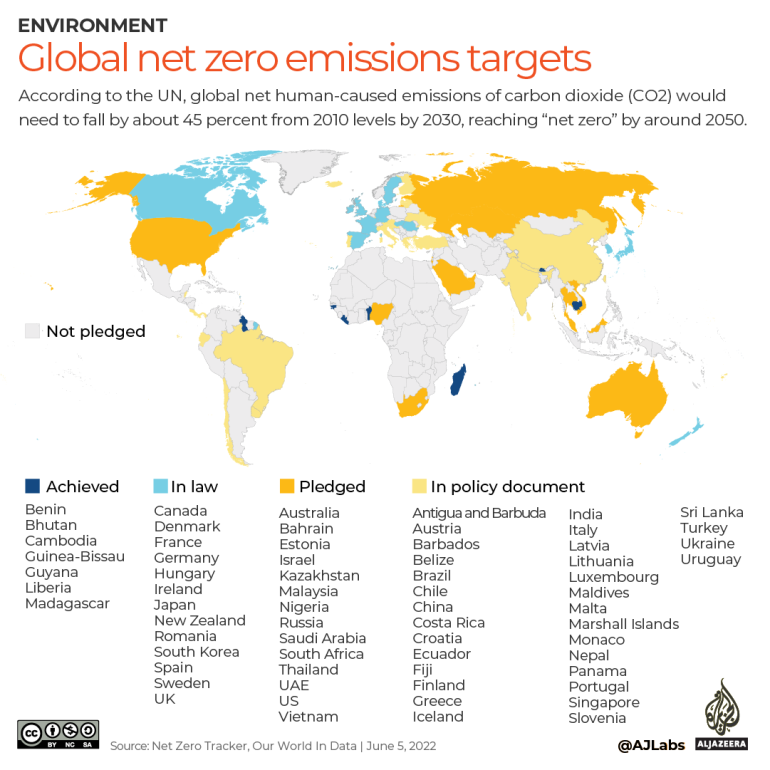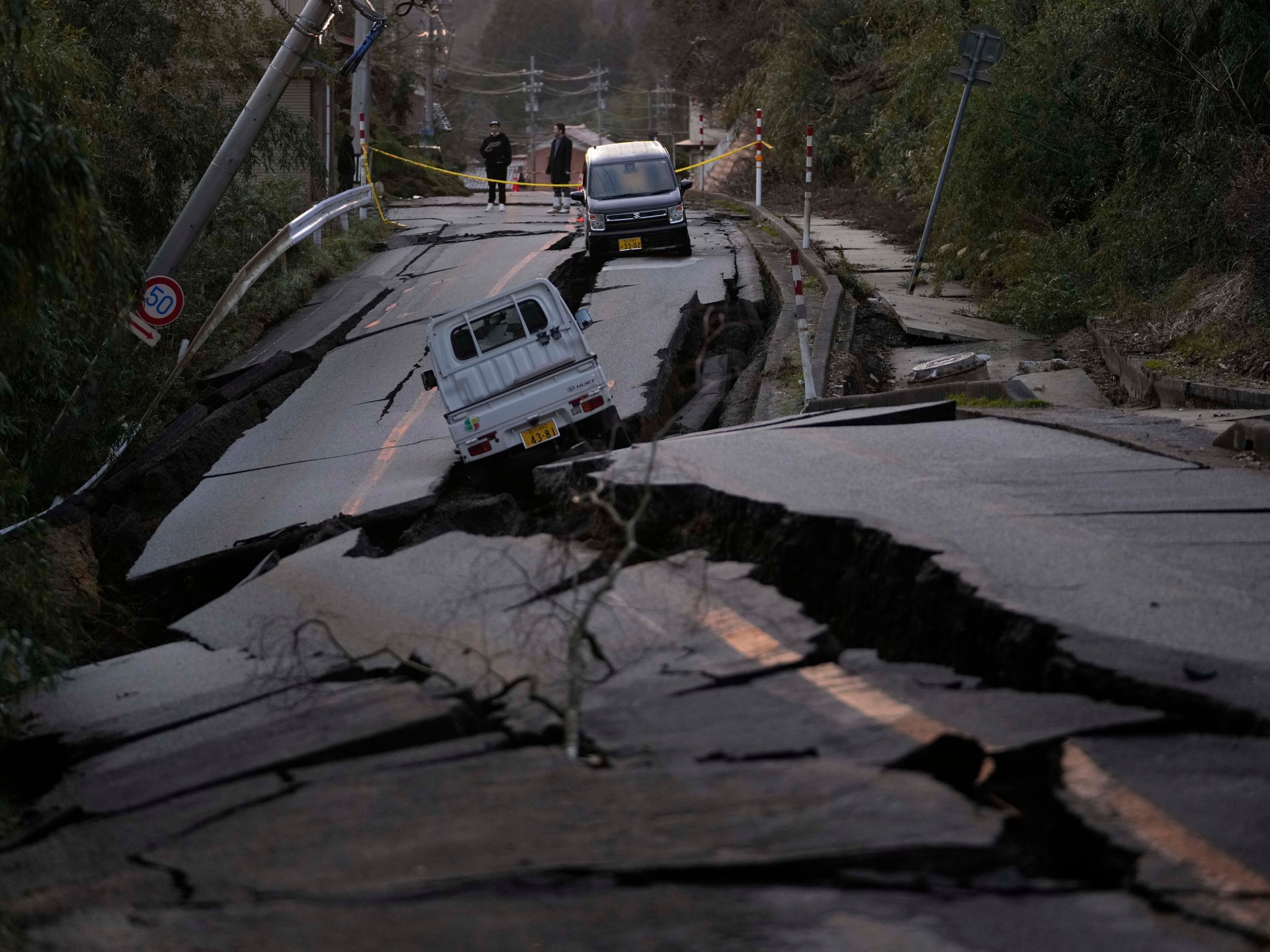Russia’s full-scale invasion of Ukraine has helped put the world on a path to net zero emissions of greenhouse gases by 2050, a study says.
Russia’s full-scale invasion of Ukraine has helped put the world on a path to net zero emissions of greenhouse gases by 2050, according to a new report by the International Energy Agency (IEA), an autonomous intergovernmental organisation.
The study published on Tuesday says governments and individuals rushed to install solar panels and wind farms that would help wean them off fossil fuels, whose cost rose precipitously on account of the war.
That finding agrees with research by Ember, a London-based energy think tank, which discovered that solar and wind power surged forward by 5 percent in Europe last year, accounting for a record 22 percent of electricity generation.
Record growth in solar power installations and electric cars is now “in line with a pathway towards net zero emissions globally by mid-century”, the report said. New manufacturing capacity for these is also consistent with 2050 goals.
Electric car sales also soared, putting them on a trajectory to account for two-thirds of new vehicle sales by 2030, the IEA said.
In the IEA’s original Net Zero Roadmap report published two years ago, half the post-2030 cuts in emissions were to be delivered by new technologies not yet on the market. That share has fallen to 35 percent, says the IEA, because innovation has been strong.
“The biggest change to the 2021 report is the downgrading of carbon capture, hydrogen and bioenergy, and the upgrade awarded to renewables, efficiency and electrification,” said Dave Jones, global insights lead at Ember and a peer reviewer of the report.
Eighty percent of the 2050 goal is delivered if ambitious goals are met by 2030: installed renewable power capacity must triple, energy efficiency must double each year, energy sector methane emissions must fall by 75 percent and sales of electric cars and heat pumps must rise sharply.
“Tripling renewable electricity is the single biggest action required this decade,” said Jones. “Electricity is the new oil.”
Whether that goal is achieved depends on what return governments and industries want on their fossil fuel investments, Jonathan Stern, a distinguished research fellow at the Oxford Institute for Research Studies, told Al Jazeera.
“Anything is feasible if you spend enough money,” said Stern. “The debate is between those NGOs who say: ‘this is all going to be very cheap so why are you making such a fuss, you’re just trying to prolong the fossil fuel era so you can make loads of money’; and the energy establishment who say, ‘this is impossibly expensive and can only be achieved over a much longer time scale’.”

The world is set to invest $1.8 trillion in clean energy this year, said the IEA. “This needs to climb to about $4.5 trillion a year by the early 2030s to be in line with our pathway,” it said.
The IEA makes clear that such an enormous transition will have to be government-led. Policies are needed to help drive down fossil fuel consumption by 25 percent in 2030 and 80 percent in 2050, and to eliminate all new investments in fossil fuel extraction, transport and refinement.
“What sticks out is what is missing,” Zellman Warhaft, professor emeritus of mechanical and aerospace engineering and a member of the Atkinson Center for Sustainable Energy at Cornell University, told Al Jazeera.
“Nothing on agriculture, nothing on fertiliser … nothing on social change such as consumption of red meat,” Warhaft said.
The US Environmental Protection Agency estimated that agriculture accounted for 11.2 percent of greenhouse gas emissions last year, and methane emissions from cattle represented almost half of that.
Artificial fertiliser production combines nitrogen from the air with hydrogen from natural gas, releasing carbon.
“A lot of the [IEA] calculation is based on how much mitigation we have to do based on the climate we have today,” he said. “But it’s quite clear that cities are flooding, there are bigger hurricanes. There’s no addressing how much the production of concrete will have to increase to address adaptation.”
There are also positive factor changes, Warhaft said, such as the falling price of solar photovoltaics. But he said the report’s main usefulness might be in offering hope.
“It’s incredibly important to be aggressively optimistic as well as realistic. Unless people have hope they shut down altogether,” he said.

 Movie
Movie 7 months ago
137
7 months ago
137 






![Presidents Day Weekend Car Sales [2021 Edition] Presidents Day Weekend Car Sales [2021 Edition]](https://www.findthebestcarprice.com/wp-content/uploads/Presidents-Day-Weekend-car-sales.jpg)



 English (United States)
English (United States)